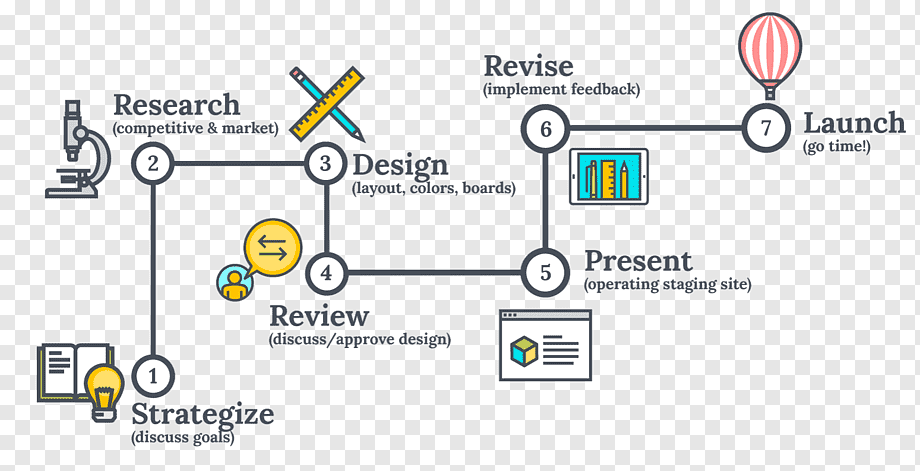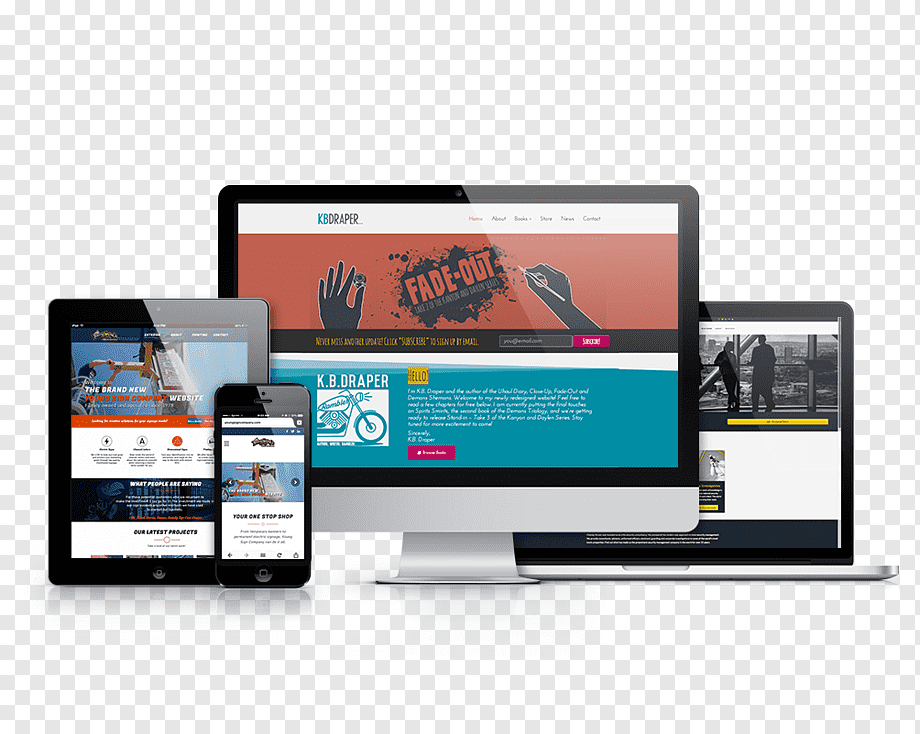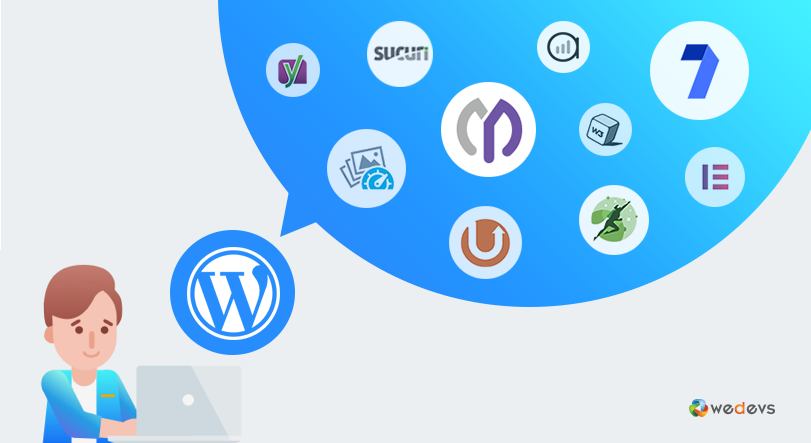Making online website in 2025 in 9 easy steps
Making online website in 9 easy steps are as follows, making website online in 2025 and take that live on the internet is a rewarding process that can be broken down into clear steps. In this guide, we’ll cover everything from choosing a domain name to hosting your site and making it visible to the world. Along the way, I’ll include explanations with illustrations to help you visualize each step

Choose a Domain Name
The domain name is the unique address of your website (e.g., www.yoursite.com). Choosing a domain name is the first step towards making your website live.
- Tip 1: Make your domain name simple, memorable, and relevant to your content.
- Tip 2: Avoid numbers, special characters, or hyphens to make the name easy to spell and type.
You can check domain availability and purchase it through domain registrars like:
- GoDaddy
- Namecheap
- Google Domains
Visual Example: Imagine browsing GoDaddy or Namecheap to check the availability of your domain. When you find one, you’ll purchase it (usually between $10 and $20 annually).
Choose a Web Hosting Provider

To make your website accessible on the internet, you’ll need a web hosting service. Web hosting stores all your website’s files, images, and content on a server. There are different types of hosting available, and your choice will depend on your website’s needs.
Types of Hosting:
- Shared Hosting: You share server resources with other websites. This option is budget-friendly and great for small websites or blogs.
- VPS (Virtual Private Server) Hosting: You get more resources than shared hosting, ideal for medium-traffic websites.
- Dedicated Hosting: Your website gets an entire server. This is ideal for high-traffic sites like e-commerce stores or businesses.
Popular hosting providers include:
- Bluehost
- HostGator
- SiteGround
- DreamHost
Visual Example: An illustration showing various hosting plans on Bluehost with basic descriptions, making it easier to decide the best one for your site.
Choose a Platform or CMS (Content Management System)
A CMS allows you to manage, edit, and publish content on your website easily. It’s especially helpful if you don’t know how to code.
Popular CMS Options:
- WordPress: The most widely used CMS, powering over 40% of all websites globally. It’s user-friendly and highly customizable with themes and plugins.
- Wix or Squarespace: Drag-and-drop website builders. Perfect for those who don’t want to code but want a stylish website.
- Shopify: If you plan to build an e-commerce website, Shopify is tailored for online stores with built-in features like payment gateways, product management, and shipping.
Visual Example: A diagram showing the dashboard of WordPress, highlighting its simplicity and the menu options to manage themes, posts, and plugins
Also on Hostinger you may get 10 % percent off on any plane for following this link
https://hostinger.pk?REFERRALCODE=1HASSANKHAN81
Design Your Website
The design of your website is crucial as it affects how users interact with your content. You’ll want a design that is not only attractive but also functional and easy to navigate.
Key Design Elements:
- Themes: If you’re using WordPress, Shopify, or Wix, you can choose from hundreds of customizable themes. These can often be installed with one click.
- Customization: You can change colors, fonts, and layouts to fit your branding.
- Responsiveness: Ensure that your design is mobile-friendly. Over 50% of web traffic comes from mobile devices, so your site must look great on all screen sizes.
Visual Example: A comparison showing how a site looks on desktop, tablet, and mobile. This highlights the importance of responsive design
Add Content

Now that your site is designed, it’s time to add content. Depending on your website’s purpose, you’ll want to create several key pages:
Common Pages:
- Homepage: This is the first page visitors will see. Introduce your brand or purpose with clear navigation options.
- About Us: Explain who you are, what you do, and why visitors should care.
- Contact Us: Provide a way for visitors to reach out, whether through a form, email, or phone number.
- Blog: If your website involves publishing regular content, a blog is essential. It also helps with SEO by providing valuable, keyword-rich content.
- Shop/Products: If you’re selling items or services, set up an online store with product descriptions, images, and prices.
Visual Example: Screenshots of a sample website layout with placeholders for the homepage, about us section, and contact form
Install Essential Plugins and Features

Plugins are extensions that add functionality to your website without the need for complex coding. If you’re using WordPress or similar CMS platforms, plugins will make your website more robust.
Recommended Plugins:
- SEO Plugins: To improve your search engine rankings, use a plugin like Yoast SEO or All in One SEO. These plugins guide you on optimizing your posts and pages for search engines.
- Security Plugins: Keep your site secure with plugins like Wordfence or Sucuri Security. These will protect your site from hackers and malware.
- Backup Plugins: Install a backup solution like UpdraftPlus to regularly back up your website in case something goes wrong.
Visual Example: A screenshot of the WordPress plugin dashboard, with various plugins like Yoast SEO and Wordfence highlighted.
Optimize for Speed and Performance
A slow website can deter visitors and harm your rankings on search engines. You can optimize your site’s speed and performance by following these steps:
Key Steps:
- Image Compression: Large images slow down load times. Use tools like TinyPNG or Smush to compress images without losing quality.
- Caching: Caching helps your site load faster by saving a version of your site’s static content. Plugins like W3 Total Cache can significantly improve load times.
- Content Delivery Network (CDN): CDNs like Cloudflare store copies of your website on multiple servers worldwide, speeding up load times for users regardless of their location.
Visual Example: An illustration showing the difference in load time before and after using caching and a CDN.
Test and Launch Your Website
Before making your site live, it’s essential to test it thoroughly. Ensure all pages are functional, links are working, and the design looks good on different devices and screen sizes.
Testing Checklist:
- Check all links (internal and external) to ensure they work.
- Test forms (e.g., contact form) to ensure they’re submitting correctly.
- Check for responsive design on mobile, tablet, and desktop.
- Proofread all content for spelling and grammar errors.
Once you’ve tested your website and made necessary adjustments, it’s time to make it live! Most hosting platforms provide a “publish” button that will take your site online.
Visual Example: A screenshot of a website preview on a WordPress dashboard with a big “Publish” button highlighted.
Promote and Maintain Your Website
Now that your website is live, you need to promote it to attract visitors. Additionally, maintaining your website is an ongoing process to keep it secure and updated.
Promotion Strategies:
- SEO: Write keyword-optimized blog posts and ensure all pages are SEO-friendly to improve your Google rankings.
- Social Media: Share your content across platforms like Facebook, Instagram, Twitter, and LinkedIn.
- Email Marketing: Build an email list to regularly engage with your audience and share new content or updates.
Maintenance:
- Regular Updates: Keep your CMS, plugins, and themes up-to-date to ensure security and functionality.
- Backups: Regularly back up your website in case of any issues.
- Analytics: Use Google Analytics to track user behavior, page views, and traffic sources, allowing you to optimize your site over time.
Visual Example: An example of a website’s analytics dashboard, showing visitor numbers, traffic sources, and engagement data.
Conclusion
Creating a website and getting it online is a step-by-step process that involves planning, designing, and executing. From selecting a domain name to designing your site and making it live, every step is crucial for a successful online presence. With the right tools and a little effort, your website can attract visitors and achieve your goals, whether that’s sharing content, selling products, or building a personal brand.









Pingback: Imran Khan Pakistan Book - The Blogistan
Pingback: 20 things to know about Abdul Sattar Edhi today